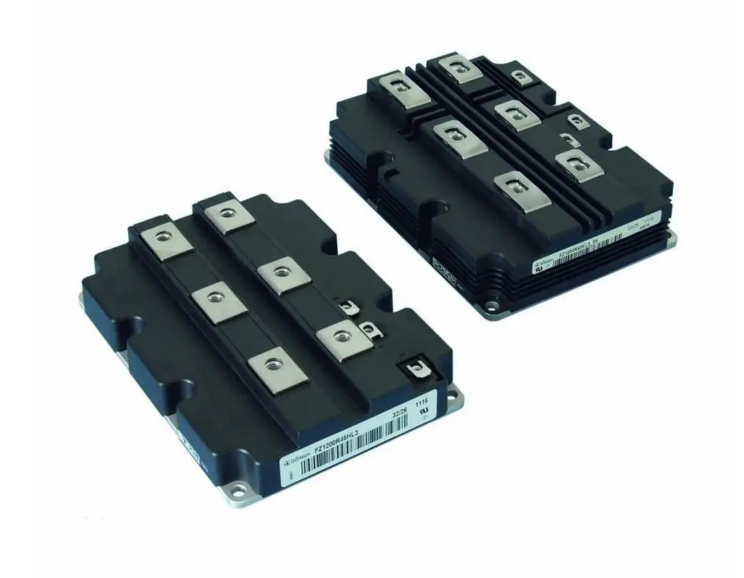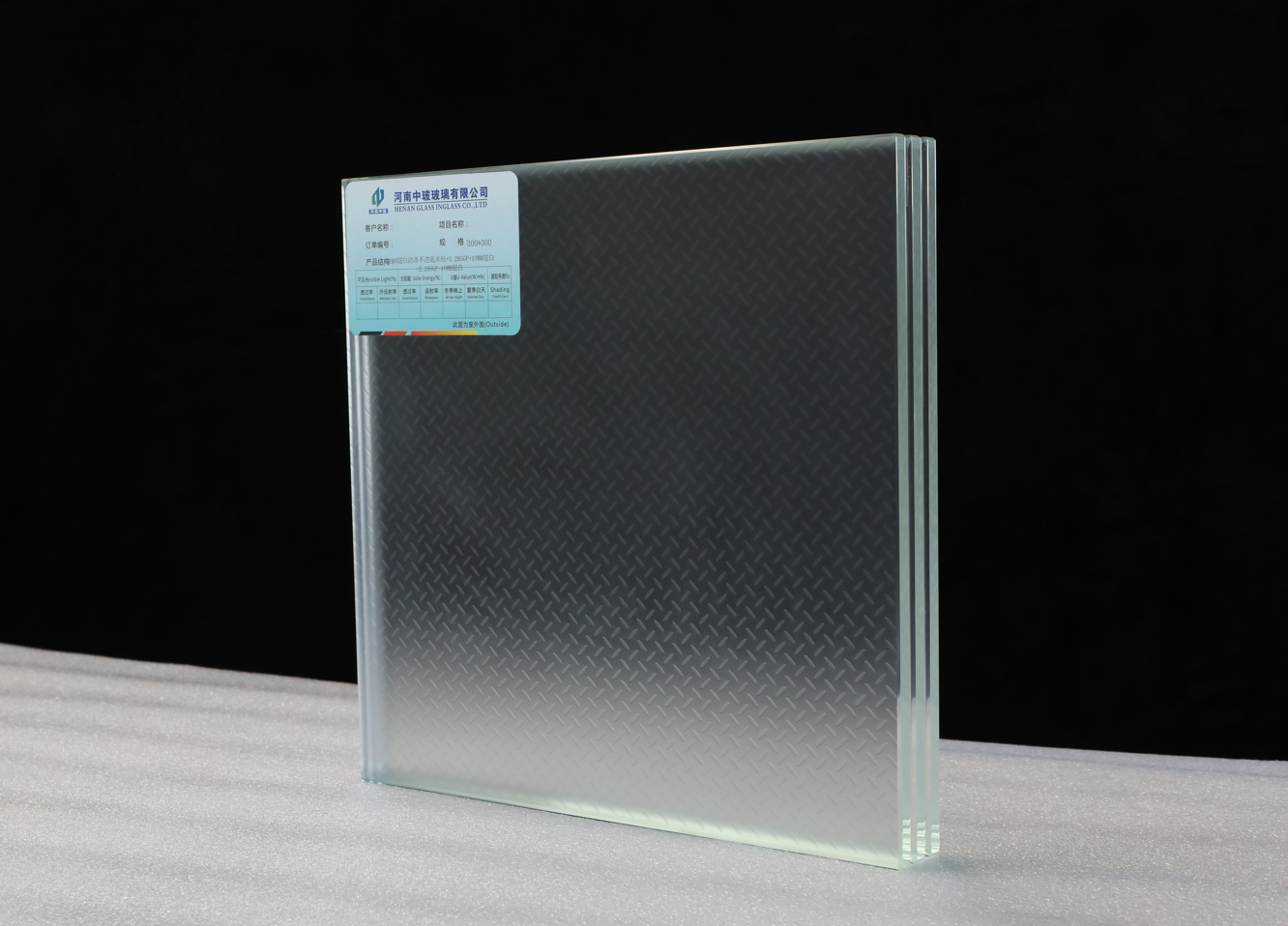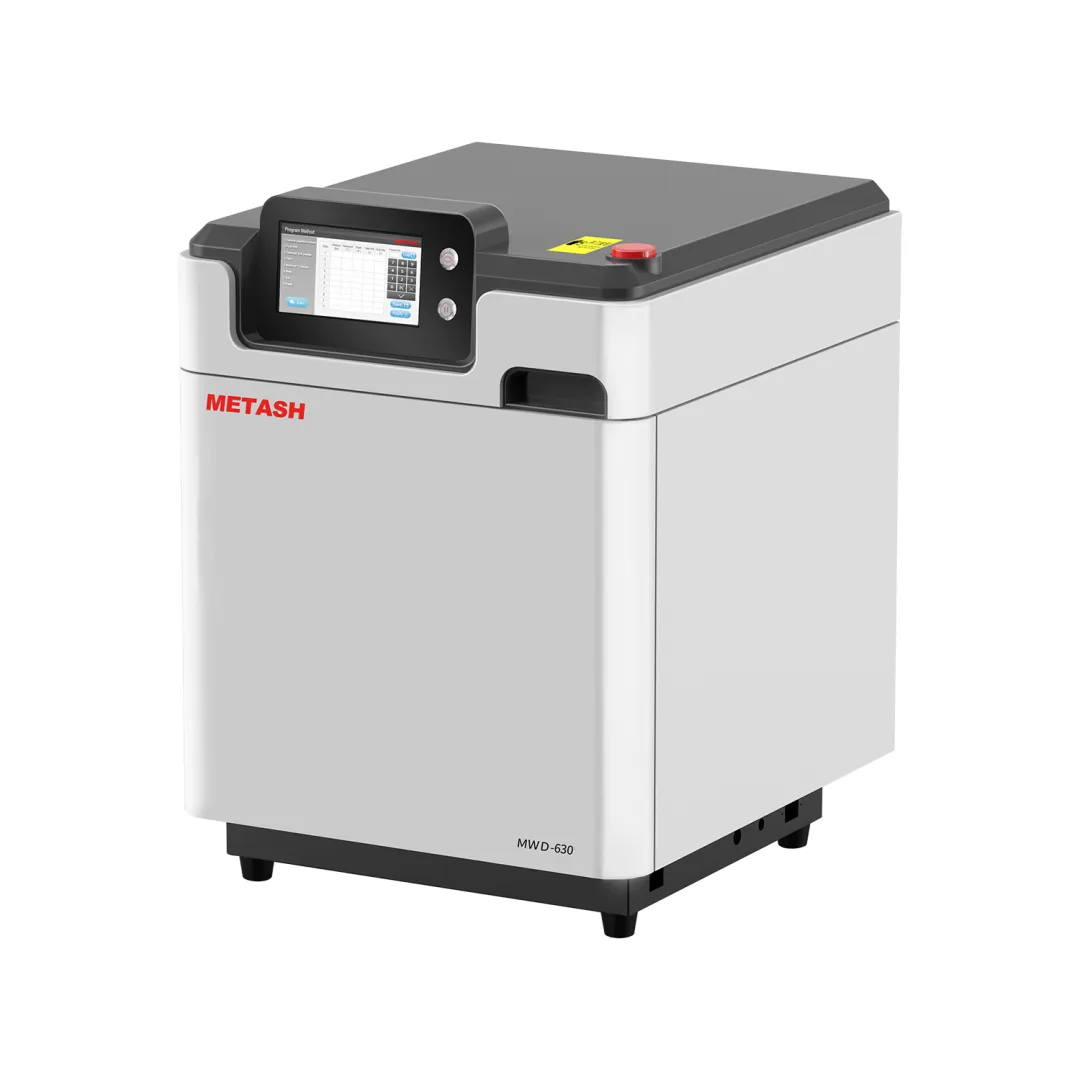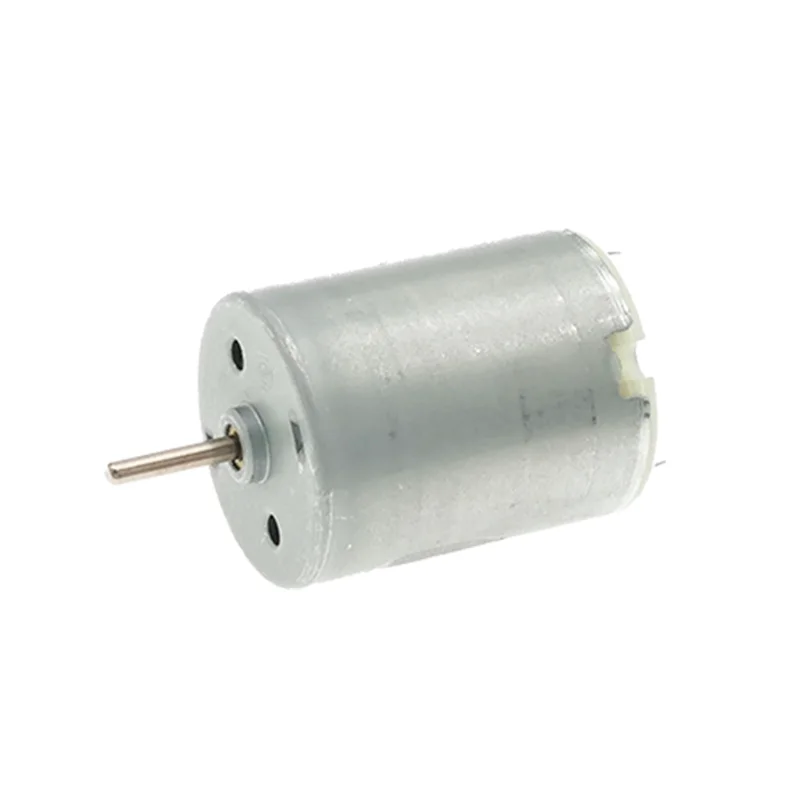When it comes to electronics assembly, the choice of flux is a critical decision that can significantly impact the quality and reliability of the final product. Flux plays a vital role in soldering processes, ensuring proper adhesion between components and circuit boards while preventing oxidation. However, with a myriad of flux types available, selecting the right one can be daunting. This article delves into the various types of flux, their applications, and key considerations to help you make an informed decision.
Understanding Flux Types
Flux can be broadly categorized into three main types: rosin-based, water-soluble, and no-clean flux. Each type has distinct properties and applications, making it essential to understand their differences.
- Rosin-Based Flux:
- Composition: Derived from natural resins, rosin-based flux is often mixed with solvents to enhance its effectiveness.
- Applications: Ideal for general-purpose soldering, particularly in electronics where a clean finish is not critical. It is commonly used in through-hole and surface mount technology (SMT) applications.
- Advantages: Provides excellent wetting properties and is relatively easy to clean with appropriate solvents.
- Disadvantages: Can leave residues that may require cleaning, especially in high-reliability applications.
- Water-Soluble Flux:
- Composition: Formulated with organic acids and is designed to be cleaned with water.
- Applications: Suitable for applications where residue removal is crucial, such as in military and aerospace electronics.
- Advantages: Excellent soldering performance and leaves minimal residue when cleaned properly.
- Disadvantages: Requires thorough cleaning post-soldering to prevent corrosion, which can be a drawback in high-volume production environments.
- No-Clean Flux:
- Composition: Contains a blend of resins and activators that do not require cleaning after soldering.
- Applications: Commonly used in high-speed production lines where cleaning processes can slow down manufacturing.
- Advantages: Saves time and costs associated with cleaning, while still providing good soldering performance.
- Disadvantages: Residues may be conductive or corrosive over time, which can be a concern in sensitive applications.
Key Considerations for Choosing Flux
When selecting the appropriate flux for your electronics assembly, consider the following factors:
- Application Requirements:
- Assess the specific needs of your project. For instance, if you are working on high-reliability electronics, water-soluble flux may be the best choice due to its cleanability and minimal residue.
- Soldering Method:
- Different soldering techniques (e.g., wave soldering, hand soldering, reflow soldering) may require different types of flux. Ensure that the flux you choose is compatible with your soldering method.
- Environmental Regulations:
- Be mindful of environmental regulations that may affect your choice of flux. For example, some rosin-based fluxes may contain harmful solvents that are subject to restrictions.
- Residue Management:
- Consider how the flux residue will be managed post-soldering. If cleaning is not feasible, no-clean flux may be the best option, while water-soluble flux will require a robust cleaning process.
- Cost and Availability:
- Evaluate the cost-effectiveness of the flux options available to you. While no-clean flux may save time, it could be more expensive than traditional rosin-based flux.
Conclusion
Choosing the right flux for electronics assembly is not merely a matter of preference; it is a decision that can affect the performance, reliability, and longevity of your electronic products. By understanding the different types of flux and considering the specific requirements of your application, you can make an informed choice that aligns with your manufacturing processes and quality standards. Whether you opt for rosin-based, water-soluble, or no-clean flux, the key is to ensure that your selection enhances the soldering process while meeting the demands of your project.





